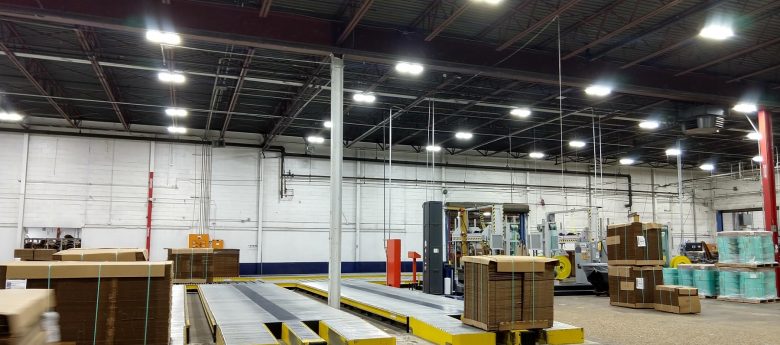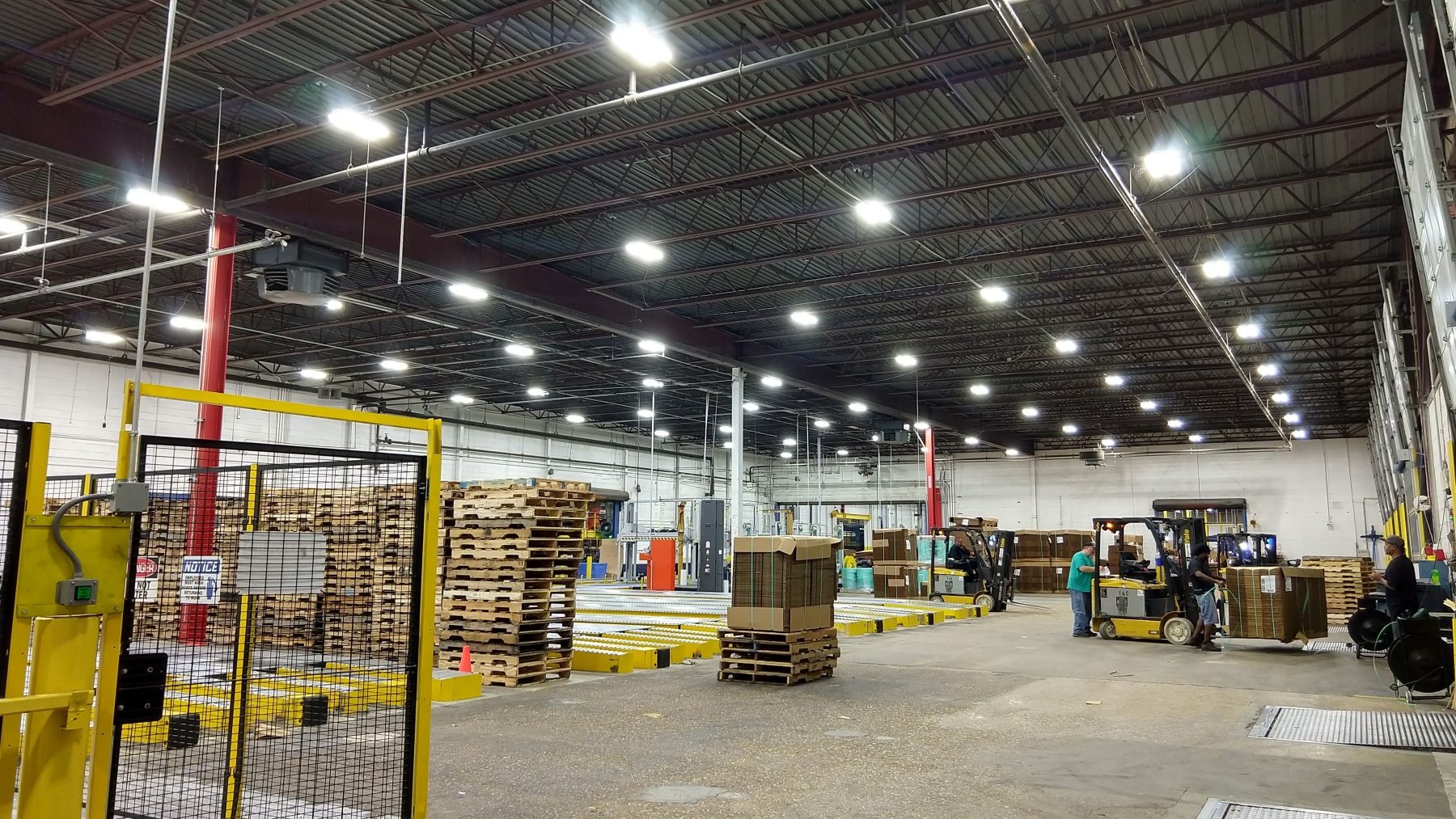Reducing Facility Costs Through LED Lighting

Without a doubt, the maintenance and management of facilities can be pricey. It is important for managers to be more cognizant of their budgets, and search for options to help decrease costs. Out of these facility expenses, energy typically offers the most potential for reducing costs. According to Energy Star, lighting uses approximately 18 percent of electricity generated in the United States, and is a portion of a building’s total energy bill that can be easily reduced.
LED solutions can impact energy and overall maintenance. However, there are multiple areas to consider in order to maximize benefits of the overall lighting configuration. To get the most out of LEDs, it is important to understand the potential by choosing products that will guarantee best quality and durability. Through the implementation of LEDs, facilities can decrease costs and allocate savings elsewhere.
The Benefits and Energy Savings of LEDs
LEDs have the capability to cut energy use by over 65 percent and offer savings benefits, both instantaneous and long-term. Although it depends on the size of the project, payback periods and ROI could take only a couple of years, which leads to even greater savings in the years that follow. This provides an opportunity for facilities to take the accumulated cost savings from reduced energy use after the payback period and dedicate them to other areas that may need more attention. Compared to fluorescent solutions, LEDs have a particularly longer lifespan of up to 100,000 hours, which leads to fewer replacements and a significant decrease in costs for maintenance. In addition to this, many providers offer a 10-year warranty to guarantee lasting products.
LED solutions also deliver a decrease in light depreciation and increased light output. The Increased light output allows for safer and cleaner work environments, and a great reduction in general maintenance. With this, the quality of LEDs reduces the overall time and costs spent on maintenance. Compared to fluorescents, LED products are mercury-free and made from durable plastics. As a whole, the glass-free material contributes to fewer breakage risks and are easily recyclable.
Catering to Facility Demands During Peak Energy Use
Throughout the year, there are certain times and seasons where energy use is higher than others. Through the cost-saving benefits and enhanced capabilities of lighting controls, facilities can be better prepared to ensure shopper safety and experience across all seasons. In the winter, retail facilities use lighting technologies for a longer amount of time, as it is important to keep parking lots and the entire facility bright and comfortable in the darker months. During the summer and in warmer weather, it is important for facilities to maintain a comfortable temperature for customers that tend to flock to crowded facilities. With this, cooling costs can be high in order to offset temperatures from heat and crowded facilities.
Overall, fluorescents will give off roughly 50% percent more heat in BTUs per hour, and metal halide and halogen lamps will emit as much as 90% percent more heat in BTUs per hour compared to LEDs. By switching to LEDs, facilities are able to reduce heat emitted and can leverage general energy and cost savings to help offset HVAC expenses.

Using Lighting Controls to Maximize Energy Savings and Operational Efficiency
Facilities have the option to implement new advancements in lighting controls, which is another way to maximize savings and fine-tune energy use. Localized networking controls and smart fixtures and can simplify maintenance for facility managers, providing transparency into facility operations and issues.
There are a wide-range of controls available for different facilities, with some options being more complex than others. All facilities can benefit from controls, no matter how complex they are, due to their ability to bring precision to energy use. However, the more resources your facility has, the more intricate your controls system can be.
More complex and intricate systems provide more detail and control capabilities which can lead to greater savings opportunities. These are best suited for facilities with larger budgets as they require more staffing to ensure you’re getting the most out of these systems. For smaller facilities that are on a tighter budget or prefer simple ‘set it and forget it’ controls, there are plenty of options that can cut wasteful energy use by up to 10 percent. These include your standard occupancy sensors, timers, and daylighting sensors. These controls are implemented to be used in areas that are not as commonly used, such as storage areas and during off-hours. Overall, controls can be customized to fit a facility’s needs, size and budget.
Advancements in controls now offer benefits beyond just general energy savings. Internet-based networking control systems and smart LED fixtures are now being introduced to help facilities better manage the overall space and connect with IoT technologies. Facility managers are able to identify areas of concern and areas that need more attention. These technologies convey accurate information regarding burnt out or broken lighting, wattage, and other necessary areas. Simultaneously, tuning capabilities are allowing facilities to adjust color and light output to enhance safety, draw attention to specific displays or areas of a facility, and most importantly create an environment that boosts the well-being of those exposed.
Facilities can significantly cut down costs through the use of LEDs, but they also have a plethora of opportunities to further enhance efficiency and comfort. Many are aware of the standalone benefits of LEDs but through an awareness and understanding of LEDs, controls and newer advancements in both, facility managers can launch their facilities into a new era of sustainability.
Arianna Miele is a Marketing Specialist at Energy Source, a division of Revolution Lighting Technologies.
